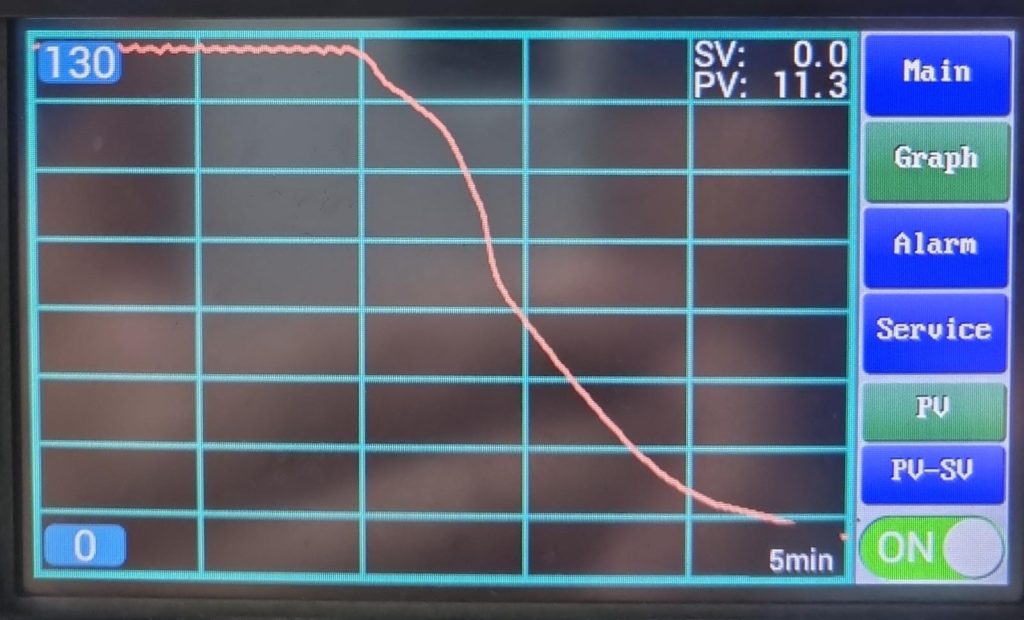In the ever-evolving world of electronics, chipsets are the miniaturized powerhouses that drive functionality. Thermal management becomes paramount as these components pack more processing power into smaller footprints. Chipset thermal validation is a critical process that ensures a chipset operates reliably across various temperatures, from frigid environments to scorching hot ones. This article delves into the concept of chipset thermal validation, exploring its necessity, applications, and the challenges associated with designing thermally efficient chipsets.
Why We Need a Thermal Gauntlet: Testing Across the Spectrum
Imagine a smartphone malfunctioning during a winter hike or a laptop overheating in a sweltering desert. These scenarios highlight the importance of thorough thermal validation. Chipsets generate heat during operation, and exceeding their operational temperature limits can lead to malfunctions, reduced performance, and even permanent damage. Thermal validation subjects the chipset to a wide range of temperatures, typically exceeding the expected operating range with some buffer room. This “thermal gauntlet” simulates extreme conditions the chipset might encounter in real-world use, ensuring it functions reliably across various environments.
Chipsets are not the only electronic components that require thermal validation. Processors, graphics cards, and memory modules generate heat and must be tested for thermal stability. Validation ensures these components can dissipate heat effectively within the confines of the electronic device, preventing thermal throttling (performance reduction due to high temperatures) and premature failure.
Thermal Management for Silicon Validation: A Balancing Act
Thermal management for silicon validation goes beyond simply testing the chipset’s ability to withstand extreme temperatures. It’s a delicate balancing act between ensuring adequate cooling and minimizing its impact on the device’s size, weight, and power consumption. Validation engineers employ various techniques to simulate real-world thermal scenarios. Thermal chambers provide a controlled environment to expose the chipset to specific temperatures. Power cycling simulates the heat generated during different operational states, such as idle and peak performance. Thermal imaging cameras visualize heat distribution across the chipset, aiding in identifying potential hotspots.
Software plays a crucial role in thermal management for silicon validation. Thermal simulation tools model heat generation and flow within the chipset, allowing engineers to optimize its design for better heat dissipation. Additionally, temperature sensors embedded within the chipset provide real-time data during validation, enabling fine-tuning of cooling solutions.
The Thermal Challenge: Designing Chipsets for Efficiency
Designing chipsets with optimal thermal characteristics presents a significant challenge. As transistor density increases to pack more processing power into a smaller area, so too does heat generation. This necessitates innovative thermal management solutions. Here’s a closer look at some of the challenges:
- Miniaturization: Smaller chipsets offer numerous advantages, but they also have less surface area for heat dissipation. This necessitates the development of efficient heat transfer mechanisms within the limited space available.
- Power Efficiency: While reducing power consumption is a primary goal, some functionalities require short bursts of high power, leading to localized heat spikes. Thermal solutions need to address both sustained and transient heat generation.
- Material Selection: The materials used in the chipset and surrounding components significantly impact thermal performance. Chipset designers need to balance factors like thermal conductivity, cost, and manufacturability.
- Cost Constraints: Implementing sophisticated thermal solutions can add to the overall cost of the chipset. Finding the right balance between performance and affordability is crucial for commercial viability.
Technological Solutions for Thermal Validation and Electronic Validation
The electronics industry has developed a range of technological solutions to address thermal challenges during validation and product development. Here’s a glimpse into some of these advancements:
- Advanced Thermal Interface Materials (TIMs): These materials bridge the gap between the heat source (chipset) and the heat sink (component that dissipates heat), facilitating efficient heat transfer. New TIMs boast superior thermal conductivity and low thermal resistance.
- Heat Sinks and Heat Pipes: These traditional cooling solutions continue to evolve with improved designs and materials. Heat sinks with higher fin densities and optimized airflow patterns enhance heat dissipation. Heat pipes employing advanced working fluids provide efficient heat transfer away from the chipset.
- Microfluidic Cooling: This emerging technology utilizes miniature channels to circulate liquid coolant directly within the chipset, offering highly efficient cooling for high-performance devices.
- Computational Fluid Dynamics (CFD) Simulations: CFD simulations are powerful tools that model airflow and heat transfer within the electronic device. These simulations help engineers optimize the design of cooling solutions before physical prototypes are even built.
Conclusion: The Unsung Hero of Reliability
Chipset thermal validation, though often an unseen process, plays a critical role in ensuring the reliability and performance of electronic devices. By subjecting chipsets to a wide range of thermal conditions, engineers can identify and address potential thermal issues before they become real-world problems.
As chipsets continue to shrink and pack more power, the importance of thermal validation will only increase. By employing innovative thermal management techniques and leveraging cutting-edge technologies, engineers can ensure chipsets operate reliably

